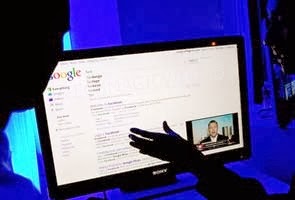New photographic forensics help identify faces from reflections in eyes
Scientists have developed a new technique which can recover
the faces of bystanders from reflections in the eyes of photographic subjects,
a development that could help identify criminals.
As the most commonly photographed objects are faces, there
is potential in mining detailed facial images for hidden information,
researchers said.
Until now, photographers might reasonably have assumed that
their own face was absent from the image. But research, led by Dr Rob Jenkins
from University of York overturns this assumption.
By zooming in on high-resolution passport-style photographs,
Jenkins and co-researcher, Christie Kerr from the University of Glasgow were
able to recover the faces of bystanders from reflections in the eyes of
photographic subjects.
The recovered bystander images could be identified
accurately by observers, despite their low resolution.
To establish whether these bystanders could be identified
from the reflection images, the researchers presented them as stimuli in a
face-matching task.
Observers who were unfamiliar with the bystanders' faces
performed at 71 percent accuracy while participants who were familiar with the
faces performed at 84 percent accuracy.
In a test of spontaneous recognition, observers could
reliably name a familiar face from an eye reflection image.
"The pupil of the eye is like a black mirror. To
enhance the image, you have to zoom in and adjust the contrast. A face image
that is recovered from a reflection in the subject's eye is about 30,000 times
smaller than the subject's face. Our findings thus highlight the remarkable
robustness of human face recognition, as well as the untapped potential of
high-resolution photography," Jenkins said.
The researchers say that in crimes in which the victims are
photographed, such as hostage taking or child sex abuse, reflections in the
eyes of the photographic subject could help to identify perpetrators.
Images of people retrieved from cameras seized as evidence during
criminal investigations may be used to piece together networks of associates or
to link individuals to particular locations.


Comments
Post a Comment